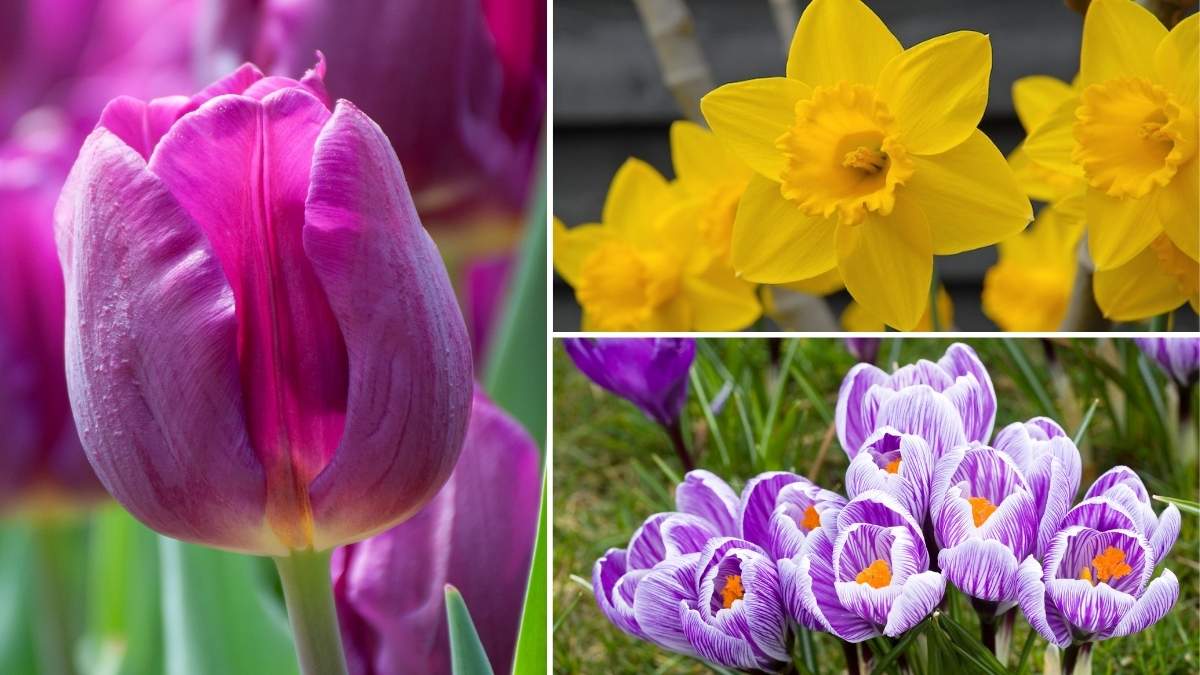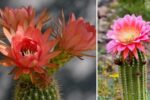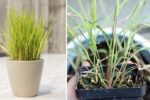Preparing for spring begins long before winter melts away. The secret to a vibrant garden when the weather warms is hidden beneath the soil during the colder months. Planting bulbs at the right time allows them to establish roots, rest through winter, and burst into life as soon as the first hints of spring arrive. If you want your garden to glow with color, fragrance, and texture next year, now is the perfect moment to get those bulbs into the ground.
Below are some of the most rewarding spring-flowering bulbs to plant along with tips that help them thrive.
Tulips for Brilliant Color Displays
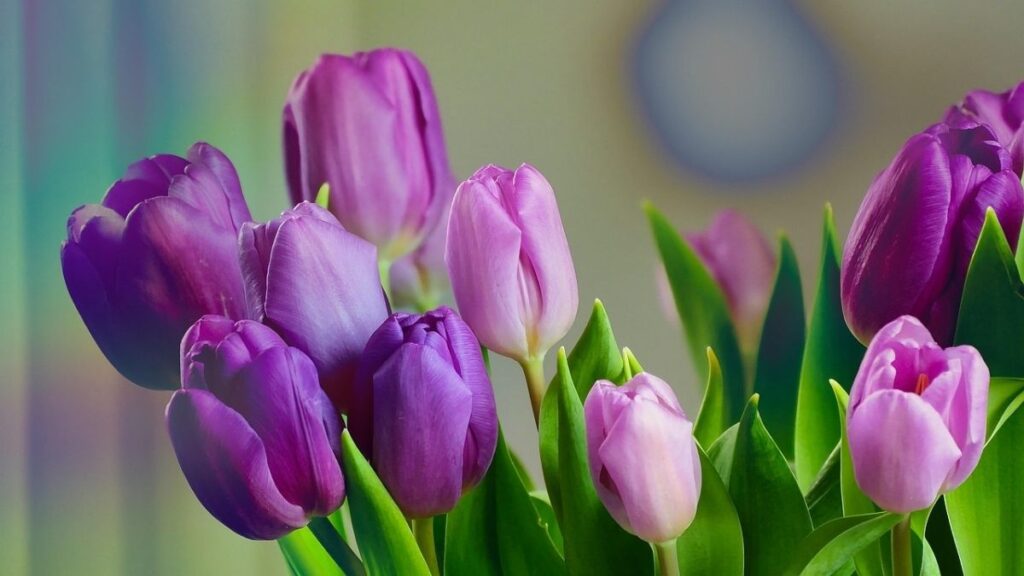
Tulips are among the most loved spring flowers because they effortlessly brighten any garden. They come in countless colors, shapes, and heights, making them perfect for borders, containers, or dedicated tulip beds. When planting tulips, choose firm bulbs and place them in soil that drains well. Heavy, waterlogged soil can cause rot. A sunny spot is ideal although tulips can handle a bit of partial shade. Planting them deeper than expected helps protect them from temperature swings and hungry animals. Once planted, they require little attention other than staying dry through winter. By early spring, the reward is dramatic blooms that create a cheerful, classic spring atmosphere.
Daffodils for Reliable Early Blooms
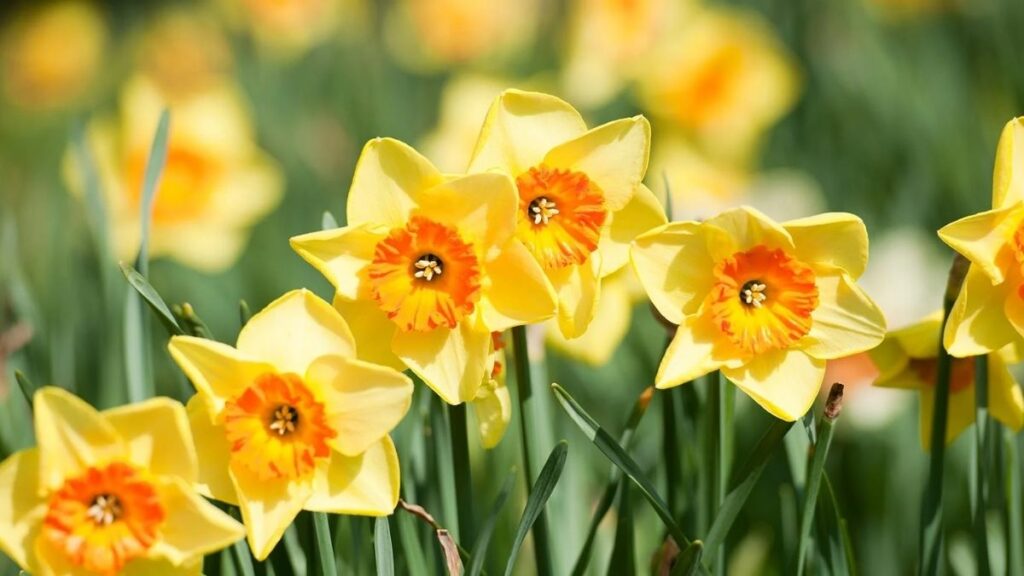
If you want a bulb that never disappoints, daffodils are a top choice. They bloom early, tolerate colder conditions, and return year after year with minimal care. Daffodils are also less appealing to deer and other animals, which makes them perfect for gardens that struggle with wildlife nibbling. They prefer full sun but can adapt to light shade, especially under trees that leaf out later in the season. Plant the bulbs with the pointed end up and water lightly after covering them with soil. Their cheerful, trumpet-shaped flowers signal the true start of spring and look beautiful when planted in clusters.
Hyacinths for Fragrance and Compact Beauty
Hyacinths are instantly recognizable due to their sweet fragrance and tight clusters of star-shaped flowers. These bulbs produce a powerful scent that can fill a garden path or patio area, making them perfect for spots close to entrances or seating areas. The bulbs should be planted in well-drained soil and placed where they can receive plenty of sun. While hyacinths are compact, their presence is strong, and just a few bulbs can make a striking impact. They are especially lovely in containers because their scent becomes even more noticeable in enclosed spaces. With the right care, you will enjoy a burst of color and fragrance when spring arrives.
Crocuses for the Earliest Signs of Spring

Crocuses are often the first flowers to appear after winter, sometimes pushing through frost or a light layer of snow. Their small, cup-shaped blooms come in purples, yellows, whites, and striped varieties. These bulbs are perfect for naturalizing, meaning they spread and return year after year with expanding clusters. Crocuses grow best in sunny locations where their early-season light needs are met before tree canopies fill with leaves. They thrive in lawns, rock gardens, and borders. Plant the bulbs in groups for a natural, meadow-like effect. Seeing crocuses bloom at the start of spring brings immediate hope and excitement for the season ahead.
Alliums for Architectural Interest
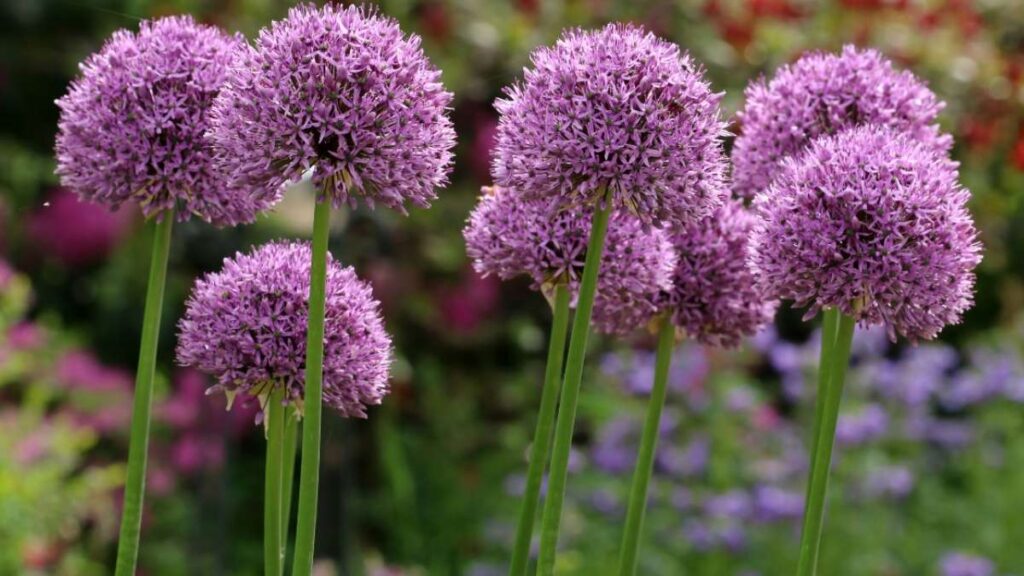
If you want a spring garden with structure and height, alliums are an excellent addition. These ornamental onions produce globe-shaped blooms that rise above the foliage on tall stems. Depending on the variety, alliums can bloom from late spring into early summer. Their unique form adds a sculptural element that pairs beautifully with early perennials and other bulbs. They prefer full sun and well-drained soil. Once planted, alliums are remarkably low-maintenance and resistant to pests. Their dried seed heads also remain attractive well after the flower fades, adding texture to your garden even in the off-season.
Irises for Elegant, Dramatic Blooms

Irises bring elegance and a touch of drama to spring gardens. Bulb varieties, such as Dutch irises, produce slender stems topped with graceful flowers in blues, purples, yellows, and whites. They thrive in sunny areas and prefer soil that does not stay soggy. Irises work wonderfully in borders where their tall stems can sway gently with the breeze. They also pair well with tulips and daffodils, adding variety to the overall display. Once planted, irises require little care and reward gardeners with dependable blooms year after year.
Snowdrops for Subtle Early Charm
For those who appreciate delicate beauty, snowdrops are a perfect choice. These dainty white flowers appear very early, sometimes even before winter has fully ended. Snowdrops are ideal for woodland-style gardens or shaded spots under deciduous trees. Their soft, nodding blooms create a peaceful mood and blend seamlessly with early flowering plants. While the bulbs are small, planting them in groups enhances their visual impact. Snowdrops are also known for naturalizing well, spreading gradually to create charming patches over time.
Tips for Successful Bulb Planting
Planting bulbs now ensures that your spring garden thrives later, but following a few key tips can make a big difference. The general rule is to plant bulbs two to three times deeper than their height. This helps anchor them and protects them from freezing temperatures. Choose areas with good drainage to prevent rot. If your soil is heavy or clay-like, adding compost or sand can improve conditions significantly. Place bulbs with the pointed side facing upward and space them according to the size of the variety you are planting. After planting, water the area once to settle the soil. After that, most bulbs prefer to remain on the dry side until spring emerges.
Creating a Bloom Sequence for Long-Lasting Color
One of the most rewarding approaches to bulb planting is planning for a wave of blooms across the season. Start with early bloomers like snowdrops and crocuses. Follow them with mid-season flowers such as daffodils, hyacinths, and tulips. Finish with late bloomers like alliums and certain iris varieties. Mixing colors, heights, and textures results in a garden that evolves beautifully throughout spring. Whether your space is a large yard or a small balcony, bulbs offer endless creative possibilities.
Final Thoughts
Planting flowering bulbs now is one of the simplest ways to guarantee a beautiful spring garden. The effort you invest during this season pays off with colorful blooms, sweet fragrances, and a revived outdoor space after the quiet of winter. With thoughtful planting and a mix of early, mid, and late-season varieties, your garden can offer continuous interest for months. Whether you are new to gardening or well-experienced, bulbs are a reliable and rewarding choice that bring joy year after year. By preparing your garden today, you set the stage for a spring filled with life, color, and renewed energy.
